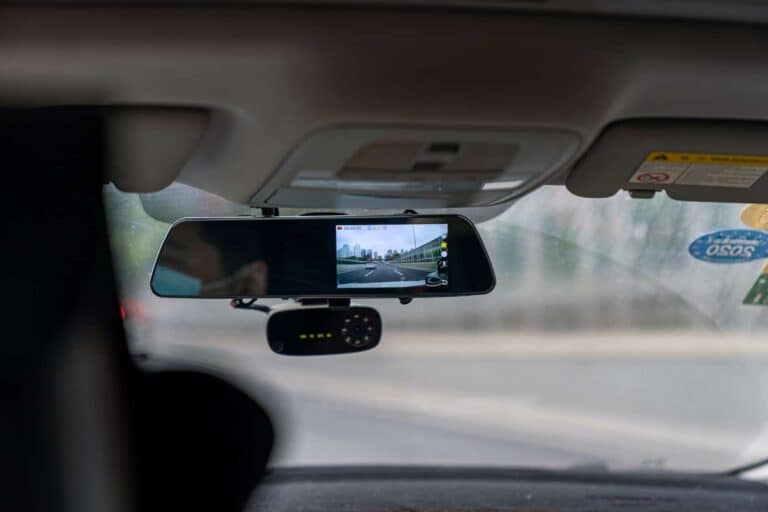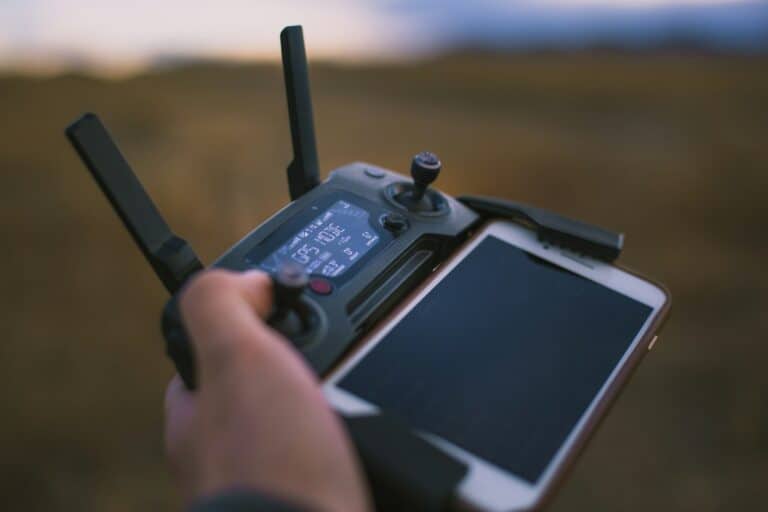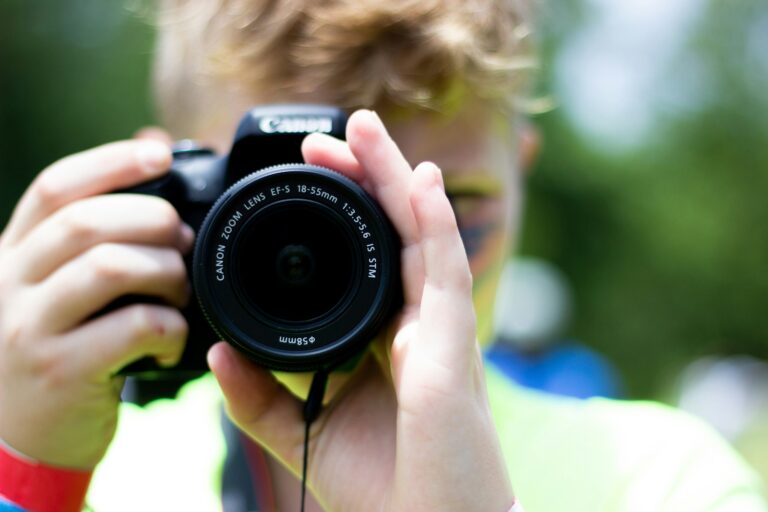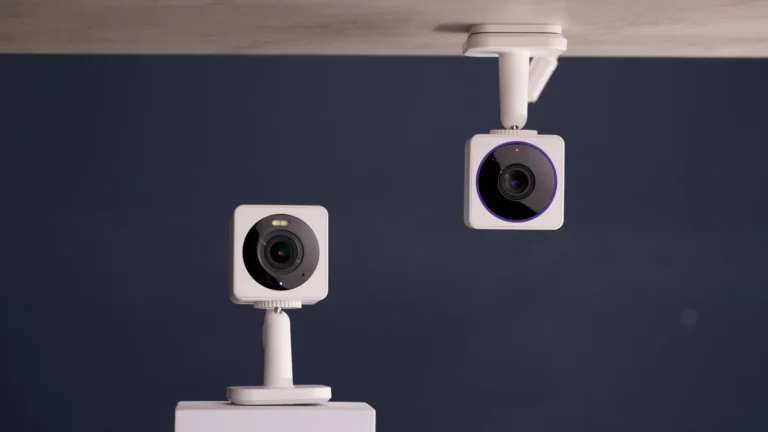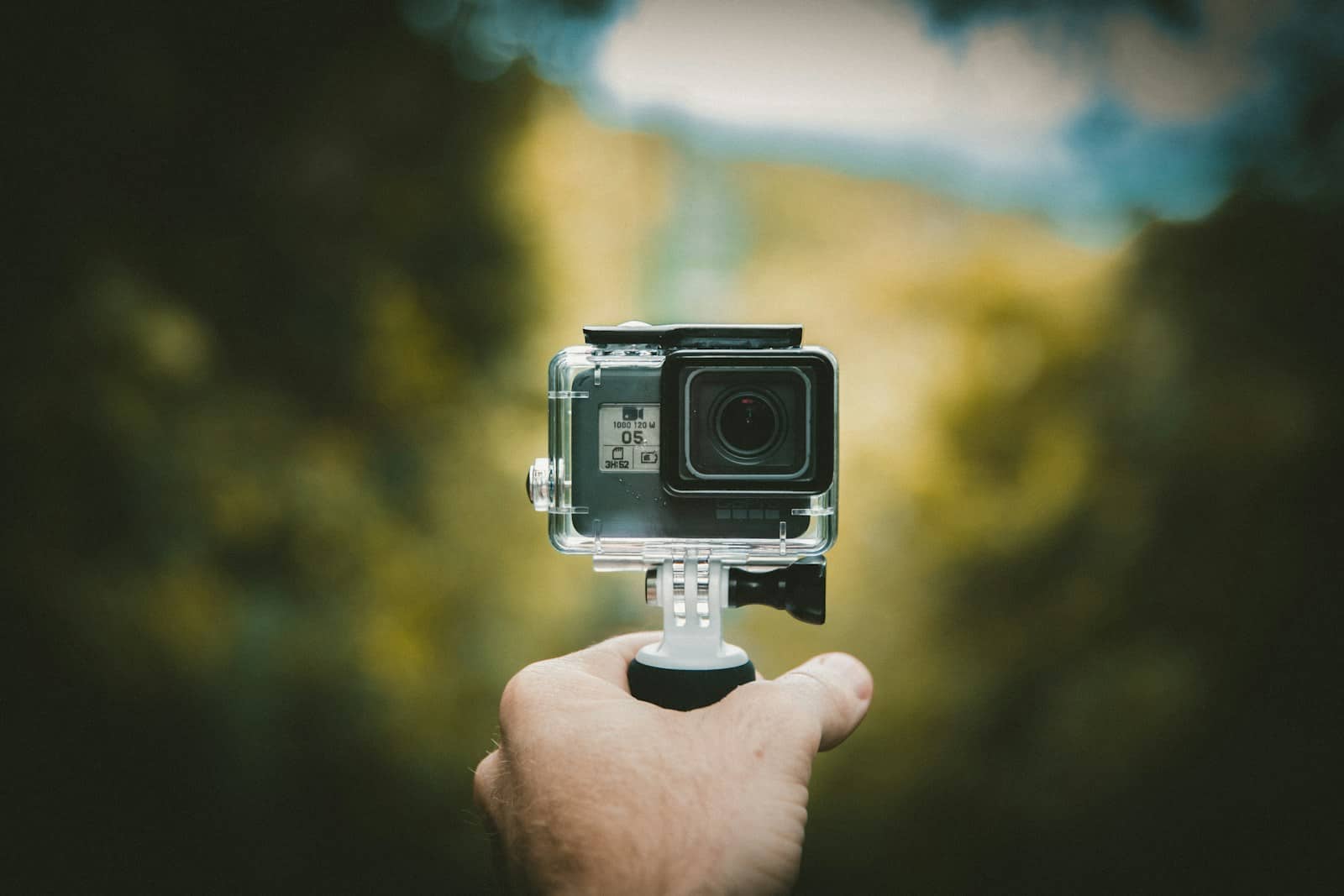
To maximize your GoPro camera’s potential, it’s important to understand how focal length affects your footage. This guide will cover the basics of focal length, explain the fisheye effect, and provide tips for selecting the right field of view (FOV). Whether you’re filming landscapes or action sports, knowing how your GoPro captures perspective will enhance your videos.GoPro cameras are highly popular among action enthusiasts because they can capture dynamic footage in various environments.
The camera’s focal length directly influences the field of view and, consequently, the composition of the captured image. Unlike traditional cameras with interchangeable lenses, GoPro cameras have a fixed wide-angle lens, which is ideal for capturing as much of the scene as possible during action shots.Understanding your GoPro’s focal length is crucial for making the most of its features. The focal length of a GoPro is typically just a few millimeters, combined with a small sensor size to achieve a wide perspective. This wide-angle view is particularly useful for recording scenes in motion without the need for precise framing. Additionally, the camera’s settings often include modes that mimic the effects of different focal lengths, providing versatility without requiring lens changes.
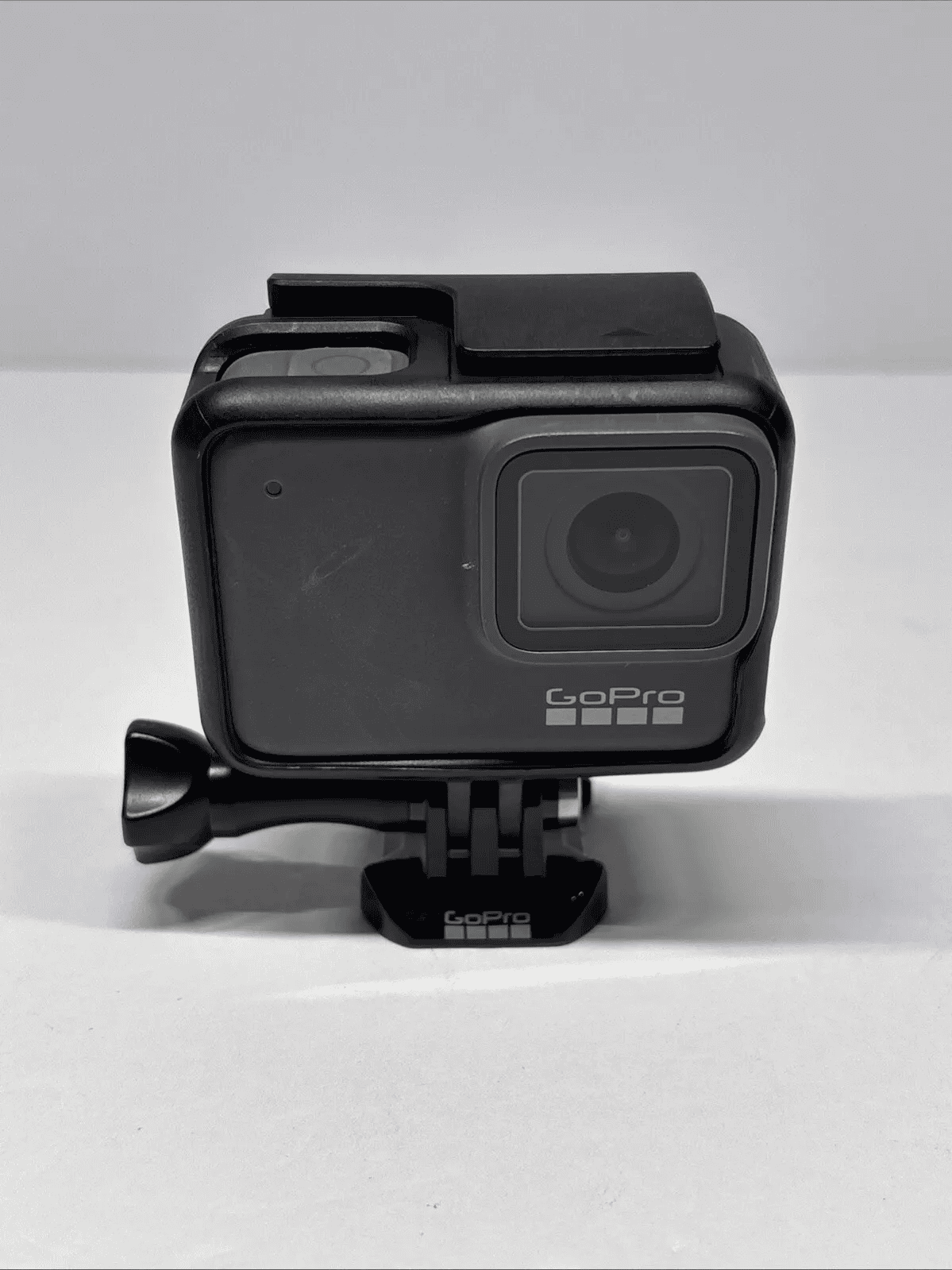
GoPro Focal Length: Get the Perfect Shot Every Time
GoPro cameras are renowned for their wide-angle lenses, designed to capture expansive scenes and action-packed moments. But have you ever wondered what “focal length” means and how it affects your GoPro footage? Let’s dive in and explore this essential aspect of your action camera’s perspective.
What is Focal Length?
In simple terms, focal length determines how much of a scene your camera captures and how objects appear in relation to each other. It’s measured in millimeters (mm) and can be broadly categorized as follows:
| Focal Length (mm) | Description | Effect on Perspective | Ideal Use Cases |
|---|---|---|---|
| 14-24 | Ultra-wide angle | Exaggerates distance, makes objects appear smaller | Landscapes, architecture, large groups |
| 24-35 | Wide angle | Expansive view, some distortion | Action sports, vlogging, travel |
| 35-70 | Standard | Natural perspective | Portraits, everyday photography |
| 70-200 | Telephoto | Compresses distance, makes objects appear larger | Wildlife, sports, portraits |
| 200+ | Super telephoto | Extreme compression | Sports, wildlife, astrophotography |
GoPro’s Fixed Focal Length
Unlike interchangeable lens cameras, GoPros typically have a fixed focal length. This means you can’t physically swap out lenses to change the perspective. However, different GoPro models and settings offer varying degrees of “digital zoom” or cropping, which can simulate different focal lengths to some extent.
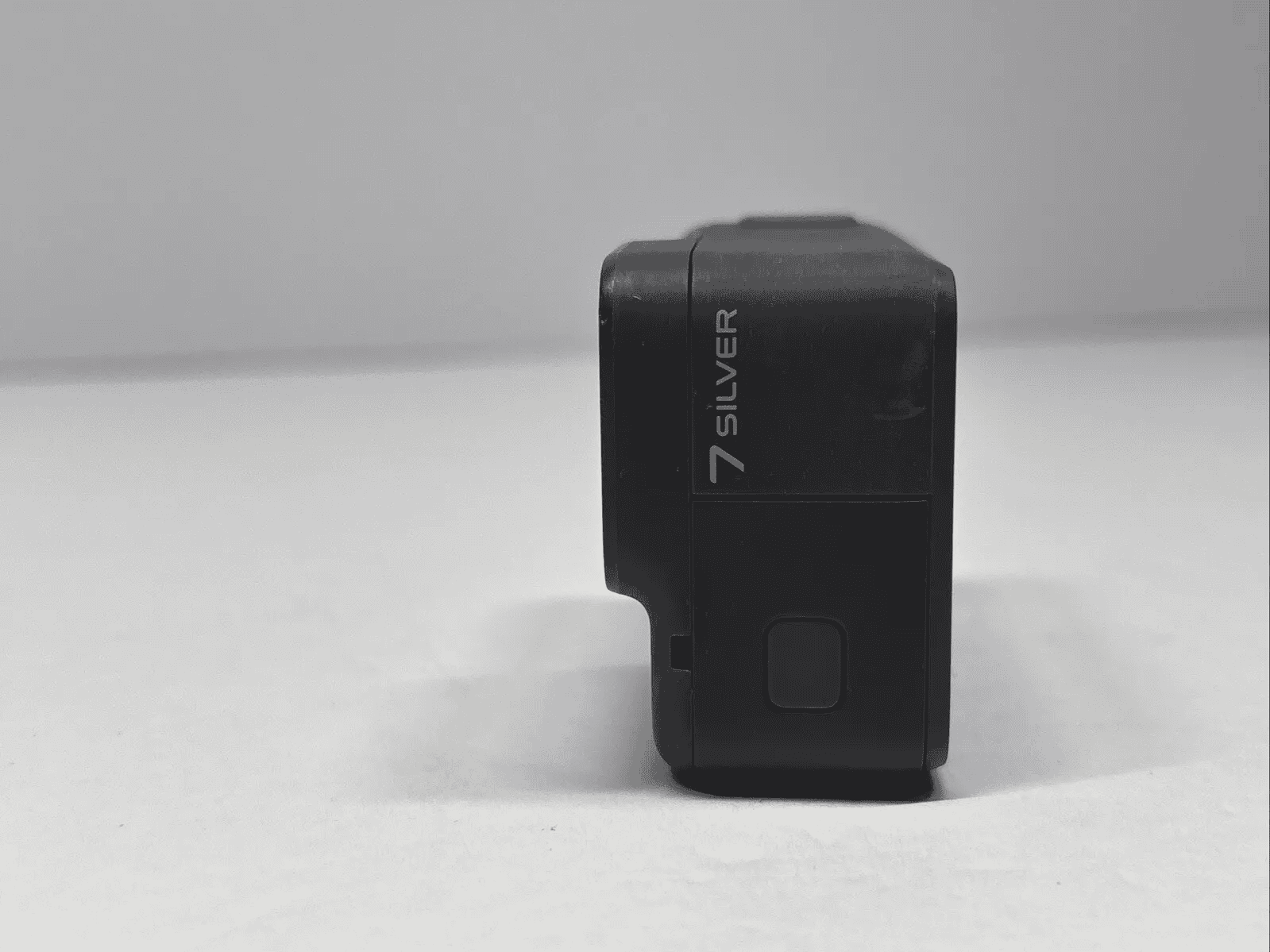
The Fisheye Effect
GoPro’s wide-angle lenses are known for their “fisheye effect.” This is a type of distortion where straight lines appear curved, especially towards the edges of the frame. While it can be creatively used for certain shots, it’s important to be aware of its impact on your footage.
Choosing the Right Field of View (FOV)
GoPro cameras offer several Field of View (FOV) settings, which essentially determine how much of the scene is captured by the lens. These settings utilize digital cropping to simulate different focal lengths, impacting the perspective of your shots:
- Wide: The default setting, offering the widest possible view with the most pronounced fisheye effect.
- Linear: Digitally crops the image to remove the fisheye effect, resulting in a more natural perspective.
- Narrow: Further crops the image, simulating a narrower field of view and zooming in on the subject.
- SuperView: Extends the top and bottom of the frame for a more immersive, vertically oriented perspective.
Tips for Optimizing Your GoPro’s Focal Length
- Get close to the action: GoPros excel at capturing immersive, close-up footage. Don’t be afraid to get in the middle of the action for the most impactful shots.
- Experiment with FOV settings: Try different FOV settings to see how they affect your footage. Wide is great for capturing expansive scenes, while Linear can be more flattering for portraits or vlogs.
- Use a gimbal or stabilizer: The wide-angle lens can make camera shake more noticeable. A gimbal or stabilizer can help you capture smooth, professional-looking footage.
- Embrace the fisheye: The fisheye effect can be used creatively to add a unique perspective to your shots. Experiment with different angles and compositions to see what works best for you.
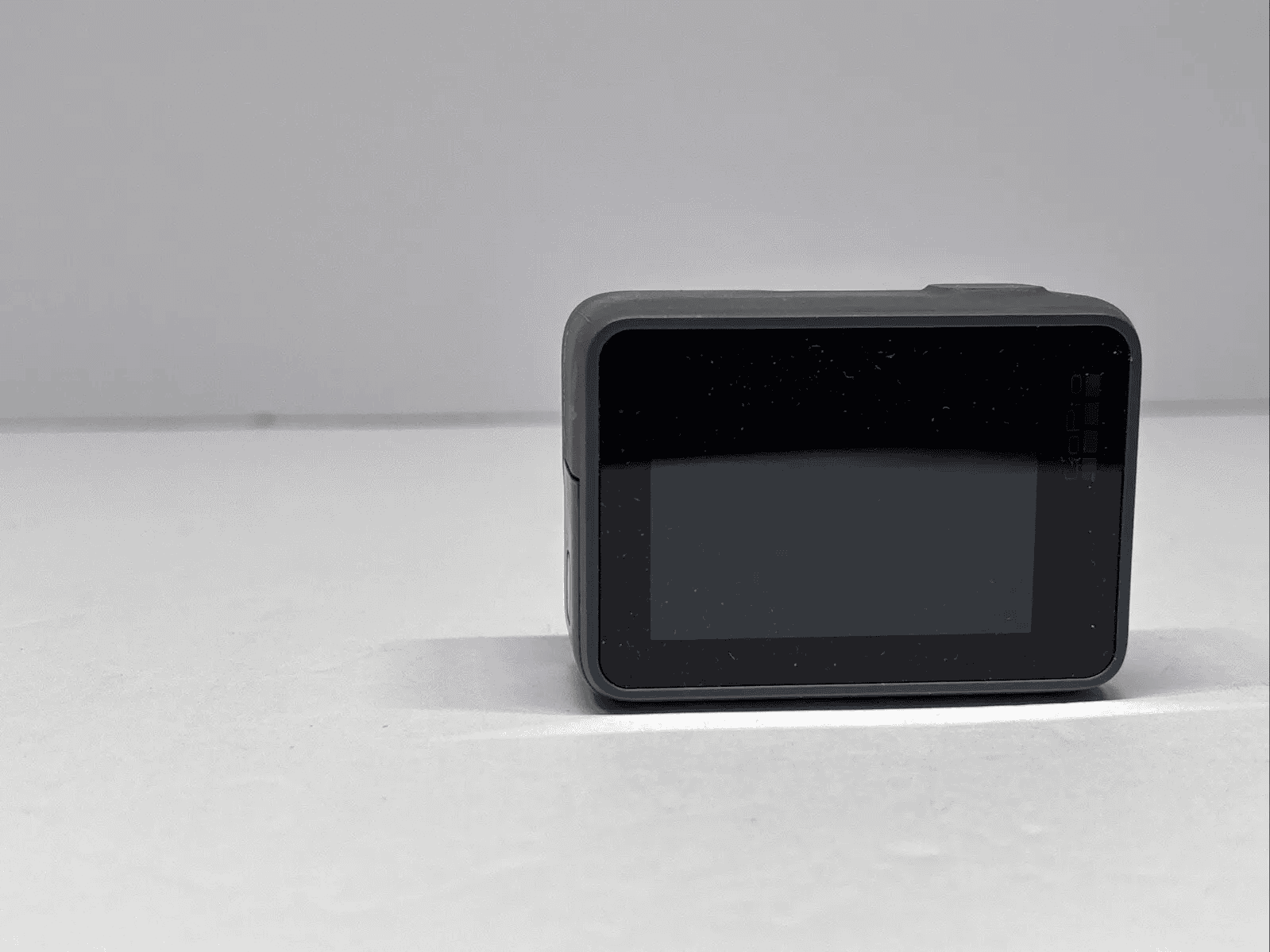
Mastering GoPro Focal Length: Advanced Techniques and Practical Tips
You’ve got the basics of GoPro focal length down. Now, let’s explore some more advanced techniques and practical tips to truly unlock your camera’s creative potential.
GoPro Focal Lengths: Getting Specific
Different GoPro models have slightly different focal lengths. For instance, the HERO11 Black has a focal length of 2.92mm, while the MAX has a dual-lens system with a 2.5mm focal length for each lens. To compare these to traditional camera lenses, you can calculate the “35mm equivalent” focal length. This takes into account the crop factor of the GoPro’s sensor. For example, the HERO11 Black’s 2.92mm lens has a 35mm equivalent focal length of approximately 16.4mm, which is considered ultra-wide.
Field of View (FOV) Settings: A Deeper Dive
GoPro cameras offer several FOV settings that digitally crop the image to simulate different focal lengths. Here’s a closer look:
- Wide: This captures the widest possible view, great for expansive landscapes or immersive action shots. However, it has the most pronounced fisheye effect.
- Linear: This setting digitally removes the fisheye distortion, resulting in a more natural perspective. It’s a good choice for vlogging or capturing subjects without distortion.
- Narrow: This crops the image further, simulating a narrower field of view and zooming in on the subject. It’s useful for focusing on specific details or creating a more cinematic look.
- SuperView: This extends the top and bottom of the frame, providing a more immersive and vertically oriented perspective. It’s ideal for activities like rock climbing or skiing where you want to capture more of the surroundings.
Advanced Techniques: Expanding Your Creative Options
Want to go beyond the built-in settings? Here are some advanced techniques:
- Max Lens Mod: This accessory for HERO9 and newer models provides an ultra-wide 155-degree FOV, capturing an even more expansive view.
- External Lenses: You can attach external lenses to your GoPro to achieve different effects, such as macro shots or telephoto zoom.
- Post-Production Cropping: If you shoot in a high resolution like 5.3K, you can crop your footage in post-production to simulate different focal lengths without losing much quality.
Practical Shooting Tips: Putting Focal Length to Work
- Capture stunning landscapes: Use the Wide FOV to capture the grandeur of mountains, oceans, or cityscapes.
- Vlog like a pro: Use Linear mode for vlogging to avoid distortion and create a more natural look.
- Get in on the action: Use Narrow FOV to get closer to the action and focus on specific details during sports or activities.
Video Stabilization and FOV
GoPro’s HyperSmooth stabilization works across all FOV settings, but it might slightly crop the image to achieve its smooth footage. This effect is generally minimal and worth the trade-off for buttery-smooth videos.
Frequently Asked Questions: Going Further
| Question | Answer |
|---|---|
| What is the best FOV for underwater filming? | Wide is generally best to capture the underwater environment, but Linear can reduce distortion. |
| How does focal length affect image stabilization? | Wider FOVs can make camera shake more noticeable, so stabilization is crucial. |
| Can I change the focal length of my GoPro HERO11? | You can’t physically change the lens, but you can use digital FOV settings and the Max Lens Mod to alter the effective focal length. |
Key Takeaways
- GoPros offer a wide field of view with their fixed lens, ideal for action photography and capturing extensive scenes.
- The focal length of a GoPro, usually a few millimeters, contributes to its wide angle, beneficial for recording in motion.
- Different modes in GoPro cameras can simulate the effects of various focal lengths, adding versatility in shooting without interchangeable lenses.
Understanding GoPro Lens and Focal Length
GoPro cameras are equipped with a wide-angle lens, which gives a broad field of view, making them ideal for capturing action-packed scenes. The intricacies of their lenses, focal lengths, and sensor sizes greatly influence the quality and type of video and photo output.
Field of View and Focal Length
The GoPro’s fixed focal length of 2.92mm, when combined with the sensor size, provides a field of view (FOV) that can be very wide—commonly known as the “Superview” mode. This wide FOV is beneficial for capturing immersive scenes because it can include more of the environment. There’s also a “Linear” FOV option that reduces the fisheye effect from the lens and captures straighter lines that look more natural.
Resolution and Image Quality
Resolution refers to the number of pixels that compose the video or photo. GoPro cameras offer resolutions from Full HD (1080p) up to 5K, depending on the model. Higher resolutions allow for more detail and the possibility to crop footage without significant loss of quality. Resolution works in tandem with FOV and focal length to determine the final image quality; a higher resolution does not always translate to better image quality but can allow for more versatility in post-processing.
Sensor Size and Aspect Ratio
The sensor size of a GoPro is relatively small, contributing to its large depth of field and its portable design. This sensor size has a crop factor of about 5.62 compared to a full-frame camera. Aspect ratio affects the shape of the video or photo. GoPro cameras typically use a 4:3 or 16:9 aspect ratio, with 4:3 capturing more vertical field of view, which is ideal for activities where you want to capture more above and below the center frame, like rock climbing or skydiving.
GoPro Models and Features Overview
In this section, we explore the latest GoPro models and the advancements they bring to the table. From superior image quality to groundbreaking stabilization features, each GoPro model is designed to capture life’s moments with clarity and ease.
GoPro Hero 12 Black Features
The GoPro Hero 12 Black elevates action photography with its ability to shoot 5.3K video at impressive frame rates. For those moments that demand slow-motion detail, it can handle 4K at 120 fps, ensuring every drop of water or speck of dirt is seen in high-definition. The touchscreen makes navigation effortless, allowing users to switch between presets and modes swiftly. Hypersmooth 6.0 provides unparalleled stabilization, making even the bumpiest rides look silky smooth. As expected, this camera maintains the GoPro reputation for durability with a design that’s waterproof up to 33 feet without a casing.
GoPro Hero 11 Black Enhancements
The Hero 11 Black adds notable enhancements to the GoPro lineup. Video quality is crisp and vibrant, thanks to the 10-Bit Video feature, which captures a wide color gamut for post-production flexibility. With this model, users gain access to 5.3K video capability and advanced stabilization options. The Hero 11 Black also supports GP-Log, a highly requested feature for color grading enthusiasts and professionals.
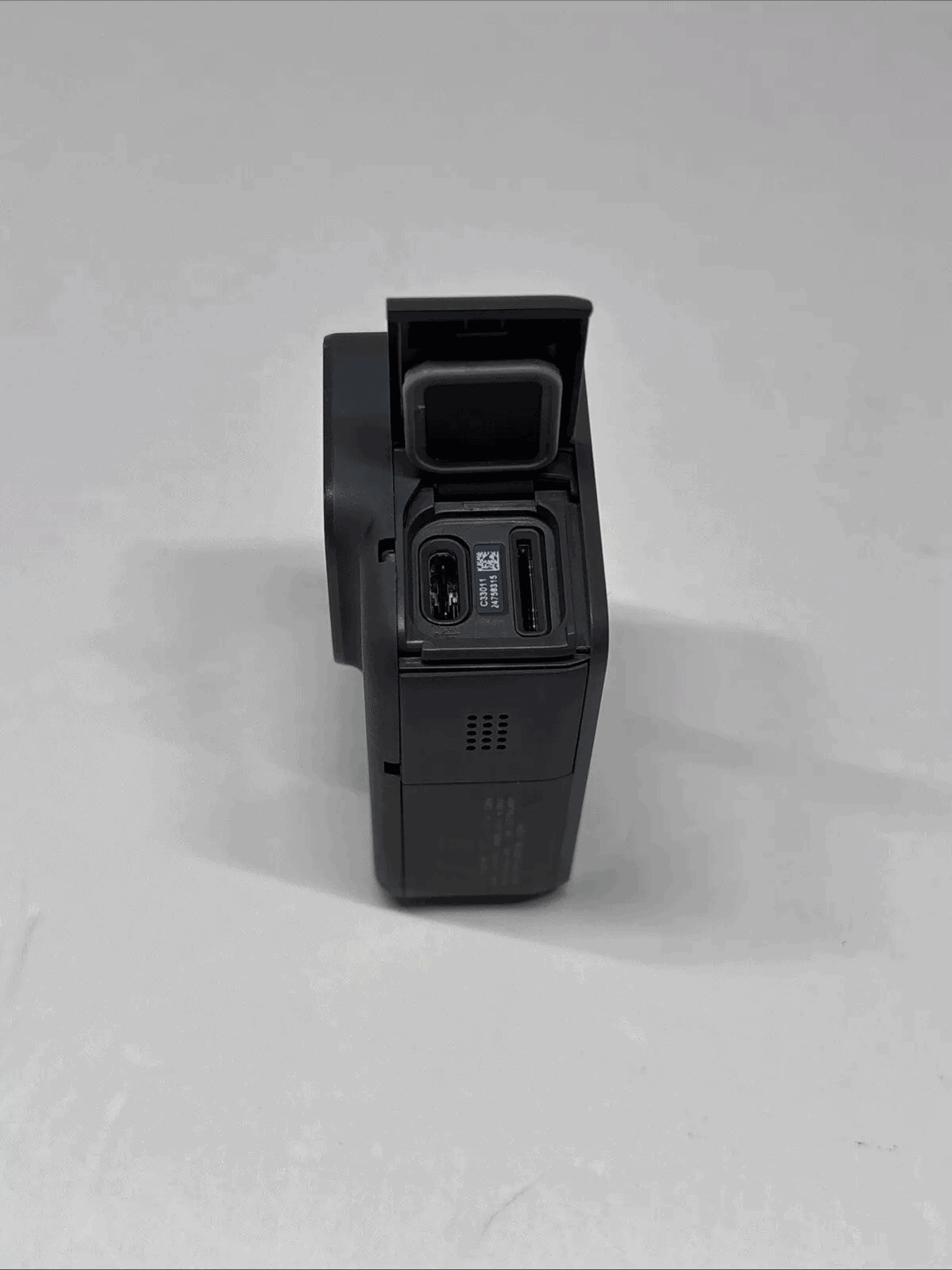
Max Lens Mod and Newer Technologies
The Max Lens Mod accessory is compatible with the Hero 9 and newer models, bringing an ultra-wide angle to GoPro’s already versatile camera lineup. It provides an expansive 155-degree field of view, mimicking the viewpoint of human eyesight and adding a dramatic touch to footage. When paired with new GoPros, Max Lens Mod works seamlessly with Hypersmooth stabilization and horizon-leveling technologies, ensuring that the image remains steady and upright, no matter how wild the adventure gets.
Frequently Asked Questions
This section provides answers to common queries regarding the 35mm equivalent focal lengths and other focal length-related questions of GoPro Hero cameras.
What are the 35mm equivalent focal lengths of different GoPro Hero models?
The equivalent 35mm focal length for various GoPro Heroes varies per model due to differing sensor sizes and lens characteristics. For instance, a GoPro may have an equivalent focal length of 16.4mm when considering the crop factor.
How does the focal length of the GoPro Hero 10 compare to earlier models?
The GoPro Hero 10 maintains a consistent focal length with some of its predecessors, aiming for a wide field of view to capture action-packed scenes with a broad perspective.
Can you compare the focal lengths of the GoPro Hero 11 and 12?
Both the GoPro Hero 11 and Hero 12 offer a diverse range of digital lenses, allowing adjustments in field of view which affect the perceived focal length during recording.
How can one calculate the effective focal length of a GoPro camera?
To calculate the effective focal length of a GoPro, multiply the actual focal length by the crop factor, a number derived from comparing the camera’s sensor size to a full-frame reference.
What is the impact of GoPro’s focal length on field of view?
GoPro’s focal length significantly influences field of view, with shorter focal lengths providing a wider field of view ideal for capturing expansive scenes.
Are there notable differences in the focal lengths of GoPro cameras throughout its release history?
Over the years, GoPro cameras have shown subtle variations in focal length and field of view, adjusting to provide enhanced image quality and different perspective options for users.

